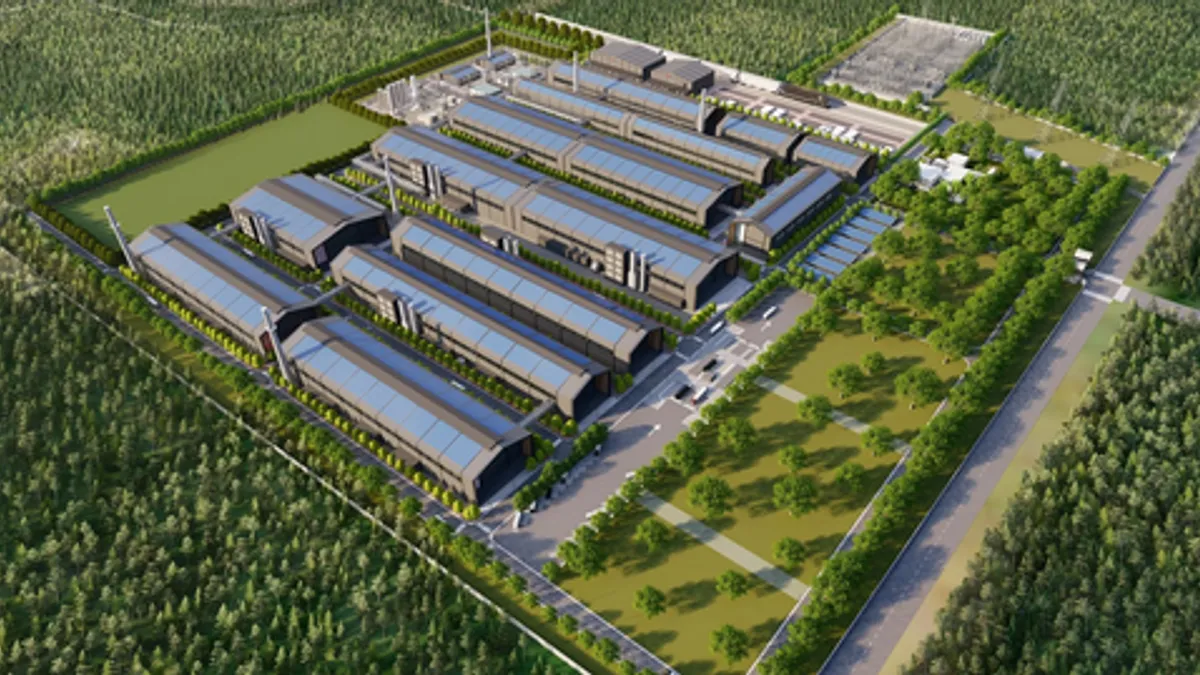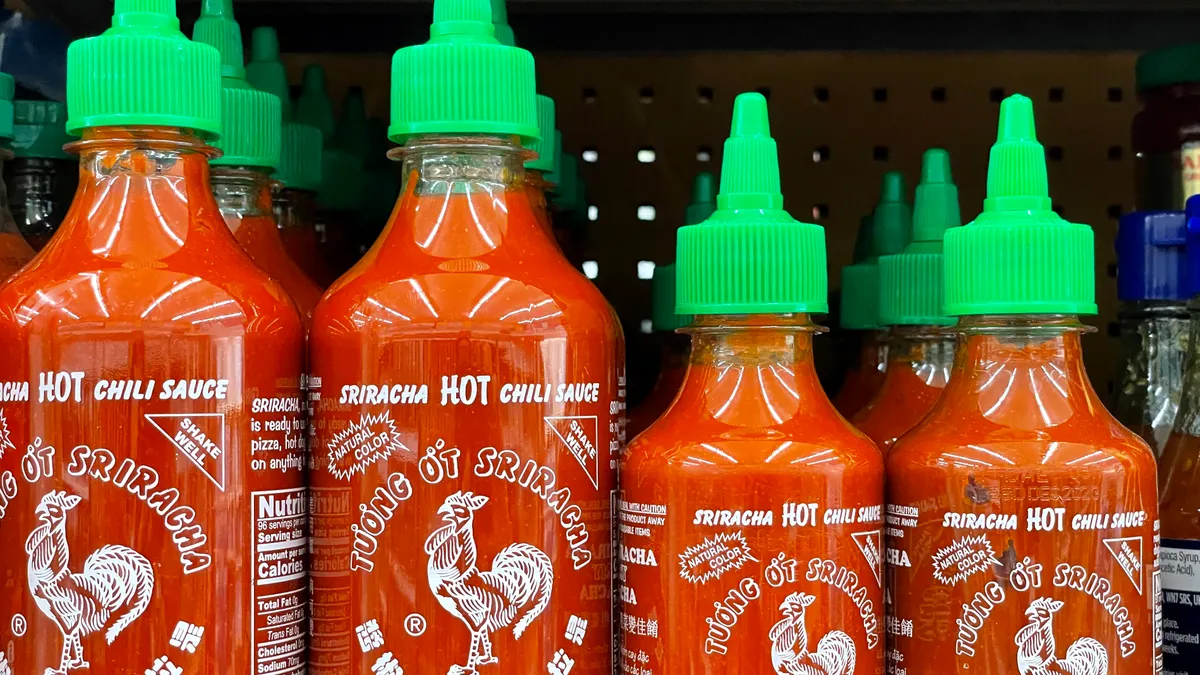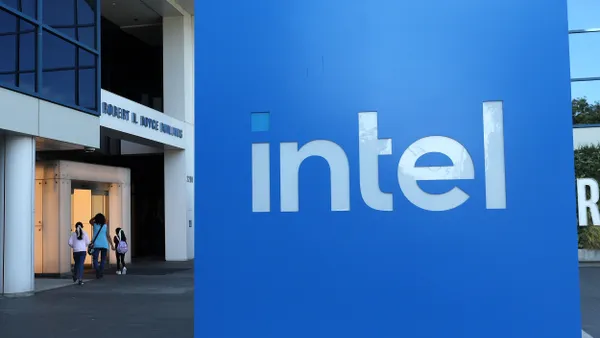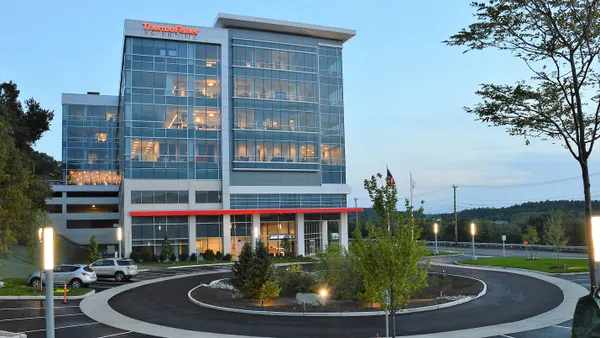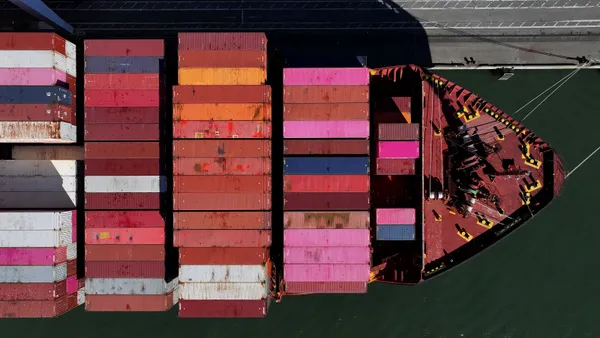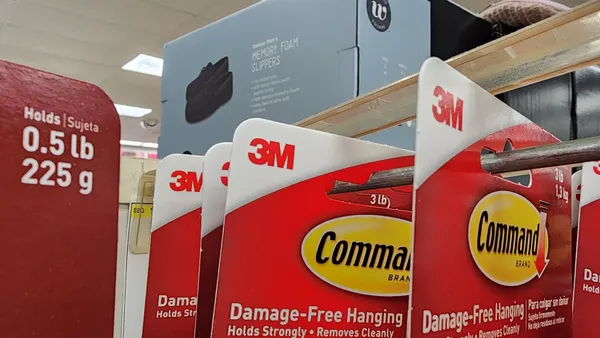Dive Brief:
- Epsilon Advanced Materials will begin construction on a $650 million graphite anode manufacturing facility in Brunswick County, North Carolina, next year.
- The upcoming 1.5 million-square-foot facility will create 500 jobs with an average salary of $52,264, according to North Carolina Gov. Roy Cooper’s news release.
- The plant will start producing high-capacity anode materials in 2026 and use green technologies to make materials set to power 1.10 million EVs by 2030.
Dive Insight:
EAM is already in discussions with local raw material suppliers and transportation partners for its operations.
When fully operational, the Greater Wilmington-area facility will produce 50,000 tons of graphite anode a year, enough to power 850,000 vehicles.
The Mid-Atlantic Rail Industrial Park site was strategically picked as a site for its proximity to the Wilmington Port, automotive suppliers, Southeastern vehicle manufacturing facilities and the local community college, according to EAM.
“Having an environmentally friendly world-class facility in North Carolina resolves supply chain concerns that the automotive industry has experienced in recent years,” EAM CEO Sunit Kapur said in a statement. “We are proud that with our tech capability to manufacture both natural and synthetic graphite, we will be able to provide graphite anodes to the growing EV battery industry faster, more reliably, and at a competitive cost without import challenges.”
EAM was founded in 2018 with headquarters in Mumbai, India. Since then, it has served as a material supplier to 45 OEMs globally, according to its website.
The company intends to capitalize on the U.S. federal government’s recent investments in EVs to help grow its business with the U.S., EAM Managing Director Vikram Handa told Mobility Outlook in May. Under the Inflation Reduction Act, EV-makers would receive certain benefits if battery minerals are sourced domestically or in countries with free trade agreements, such as Australia, Mexico and Canada.
While India does not have a comprehensive free trade agreement with the U.S., the country can utilize its partnership with Australia to enter the U.S. market for battery and battery minerals, Rahul Walawalkar, president of the India Energy Storage Alliance, told Mobility Outlook. Australia can supply the raw materials while India can process them.
Furthermore, the U.S. has been negotiating with countries like India that do not have free trade agreements with OEM-focused clauses, Walawalkar added. In 2021, the U.S.-India Strategic Clean Energy Partnership was launched, which helped the two countries achieve clean energy goals, including accelerating the adoption of EVs and developing battery energy storage system technologies.



